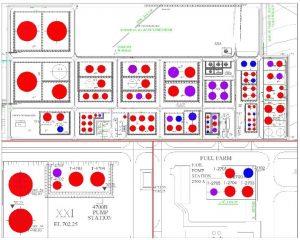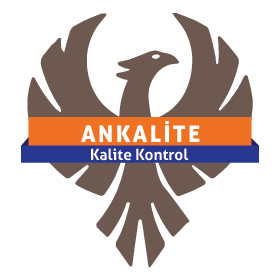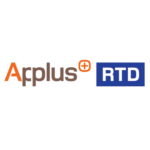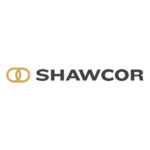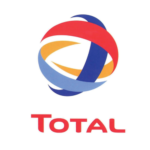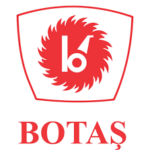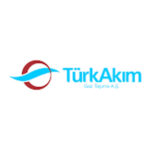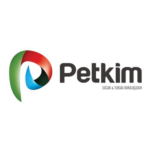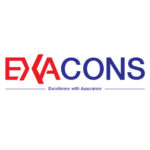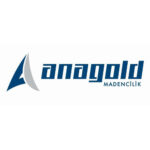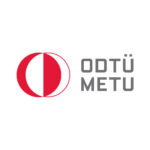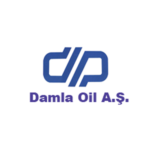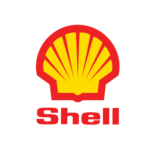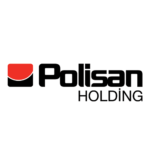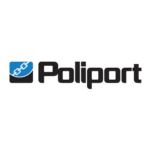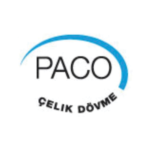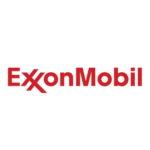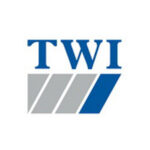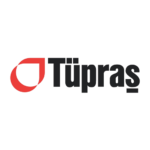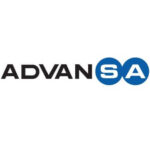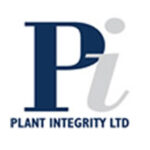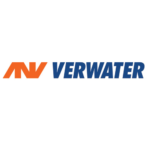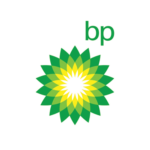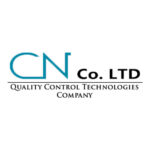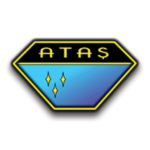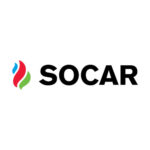Inspections of Storage Tanks
Underground and Aboveground Tanks (API 653-STI-SP001)
Storage tanks are among the most critical equipment in operations such as refineries, petrochemical plants, chemical facilities, petroleum filling stations, and similar enterprises. As ANKALİTE, we take pride in having conducted inspections for over 1000 underground and aboveground storage tanks in numerous refineries, petrochemical plants, chemical facilities, and petroleum filling stations across our country.
API 653, STI SP001, and EEMUA 159 standards define the inspection methods and assessment criteria for these equipment. In accordance with these standards, inspections for storage tanks are conducted using the methods outlined below.
Visual Testing:
According to the “Regulation on Health and Safety Conditions in the Use of Work Equipment,” whether the tank is in operation or opened, a visual inspection is conducted externally or internally by an authorized API 653 inspector, and the evaluation is performed.
Ultrasonic Thickness Measurements:
Thickness measurements are taken from the body, bottom, and roof sections of the storage tank. Subsequently, calculations such as corrosion allowance, corrosion rate, remaining theoretical life, etc., are performed according to API 653 standards.
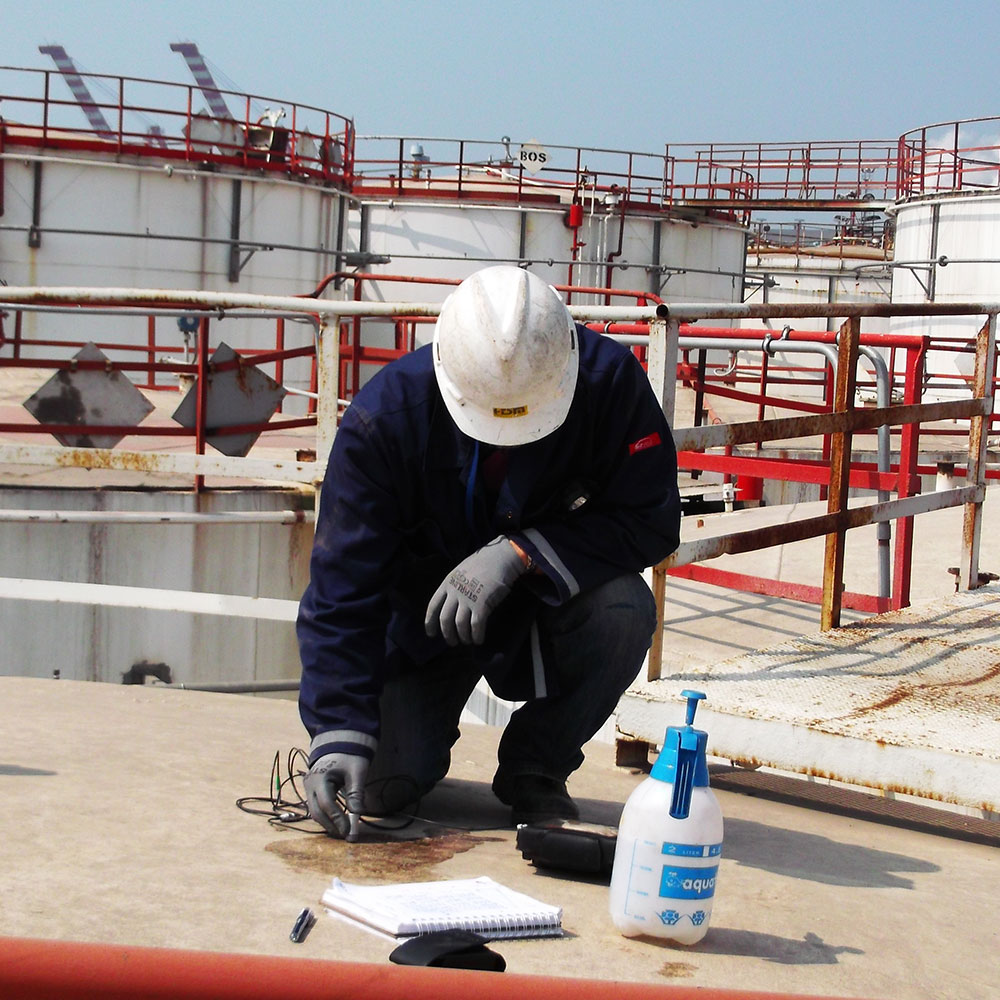
Verticality, Ovality, Collapse Measurements:
As anticipated by an authorized API 653 inspector, inspections for verticality, ovality, and collapse are conducted using our state-of-the-art devices in accordance with API 653 Annex B. The evaluation is then performed by the authorized inspector.
3D Laser Scanning:
The entire surface of the tank is scanned using a 3D laser scanner, and the results are compared with “as-built” drawings. This allows for the analysis of deformations that occur over time in the tank. With the 3D point cloud, measurements for verticality, ovality, and collapse can also be obtained, and due to the increased data compared to Electronic Total Stations, the measurement results are more accurate.
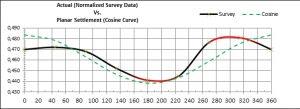
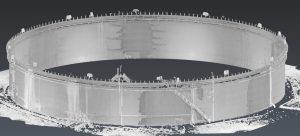
Preparation of Calibration Tables:
Tank calibration plays a crucial role in obtaining accurate quantity measurements. Without accurate calibration tables, even the best and most precise measurement systems have no value. As ANKALİTE, we conduct calibrations on Vertical Cylindrical Liquid Chemical and Petroleum Product Storage Tanks in accordance with ISO 7507 and customs regulations, using our expert personnel. For Horizontal Cylindrical Liquid Chemical and Petroleum Product Storage Tanks, we provide calibration services in accordance with ISO 12317-1 and 2 standards. For Spherical Storage Tanks, our calibration services adhere to API 2552 standards.
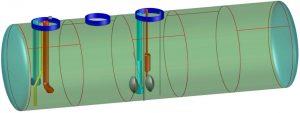
Weld Inspections (Vacuum – PT – MT)
The inspection, as determined by an authorized API inspector, involves conducting magnetic particle inspection, liquid penetration examination, or vacuum testing in designated areas according to standard procedures, followed by evaluation by the inspector.
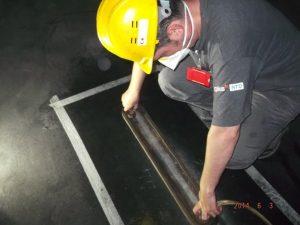
API 653 Authorized Inspector Report
In the API 653 Authorized Inspector’s final report, discrepancies in the tank, necessary repairs, measures to reduce corrosion rates, and safety precautions for the workplace are specified based on data from MFL, VT, UT, MT (or PT), vacuum, verticality, ovality, and collapse inspections.
According to the thickness measurement results taken from the tank, the calculations specified in the API report include:
- Audit Activity
- Corrosion Speed
- Corrosion Margin
- Theoretical Life Calculation
- Maximum fill level
- Next inspection date
- Tanks are classified according to risk categories.
- Risk classifications are indicated on the tank farm layout with color codes.
